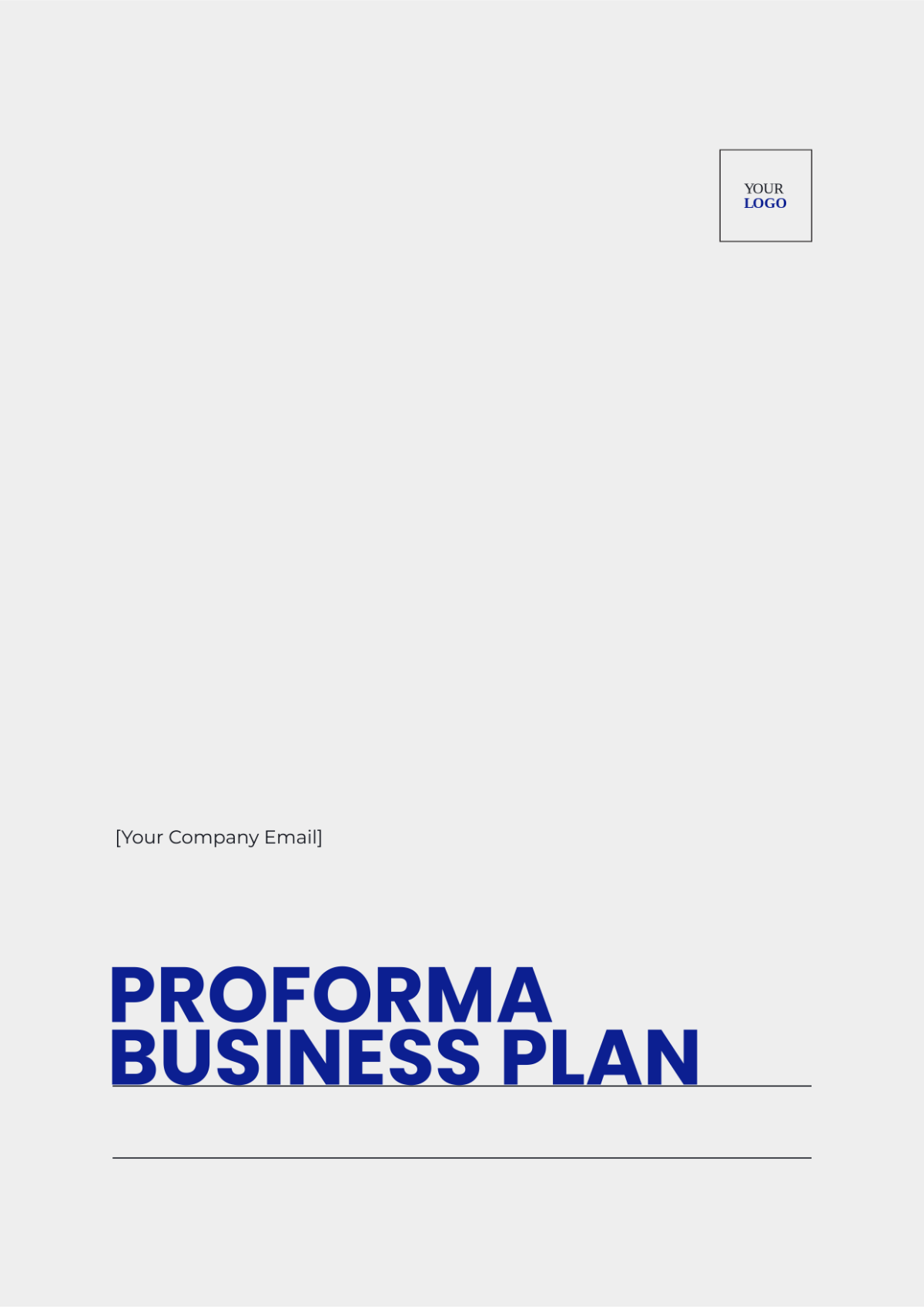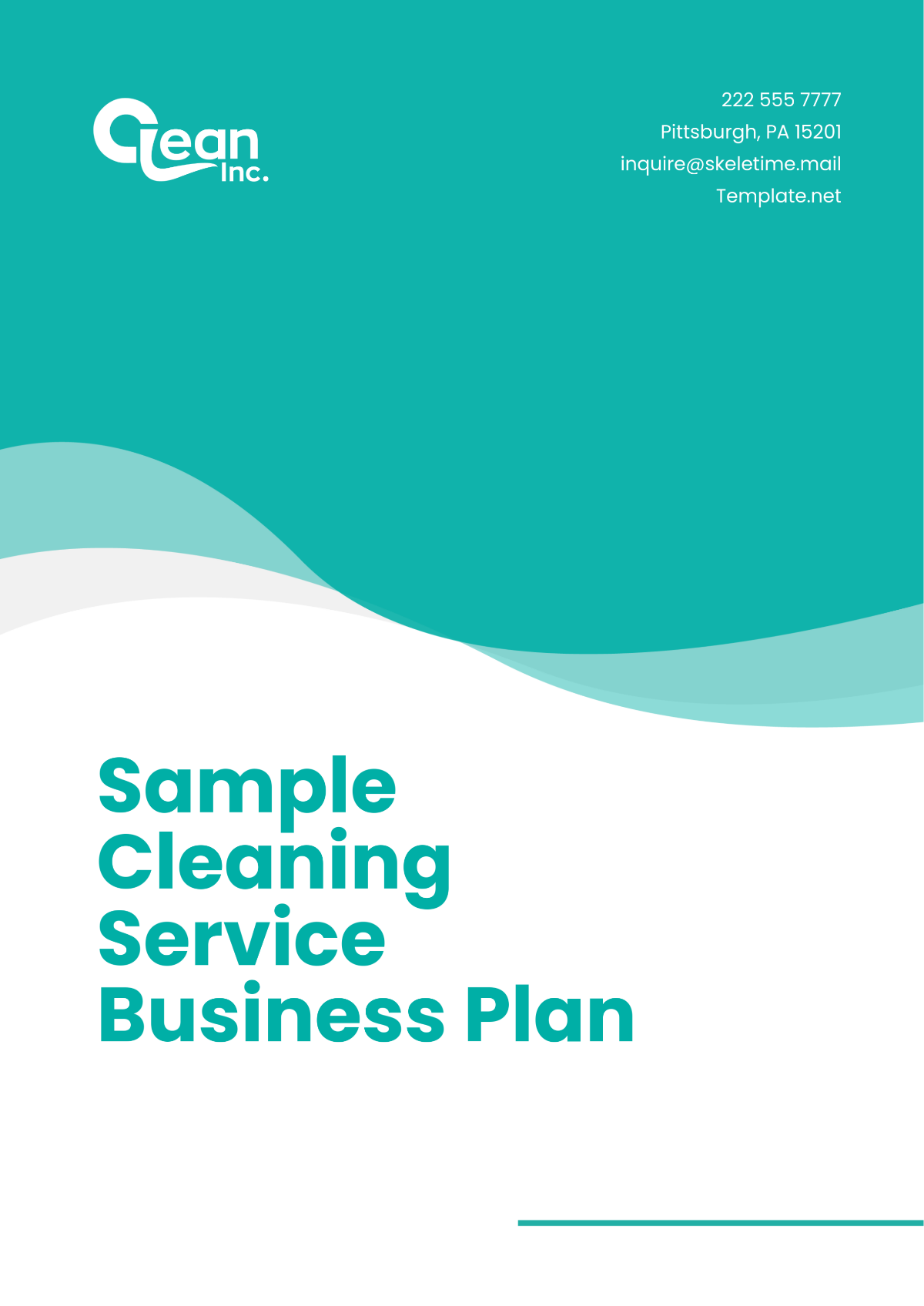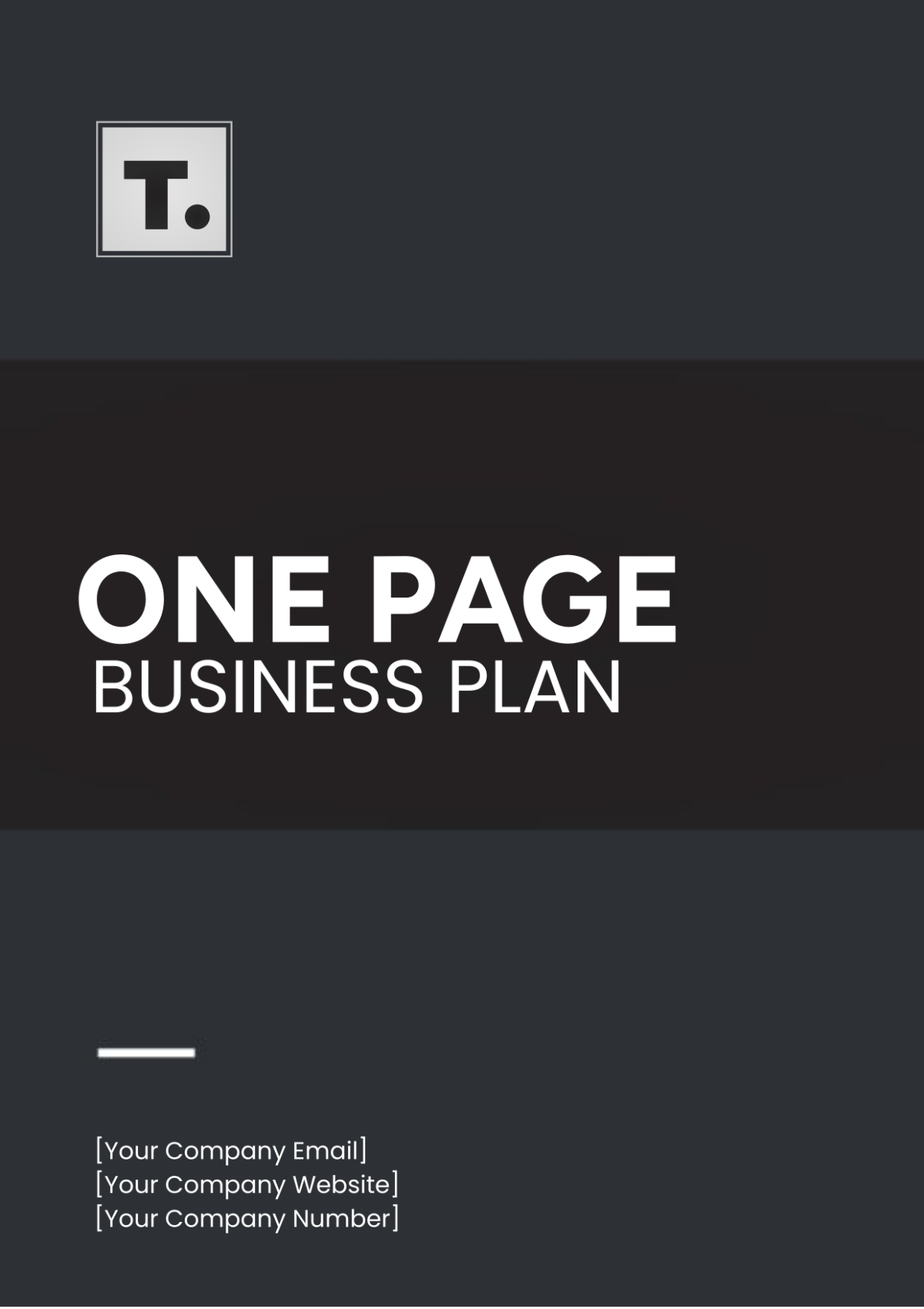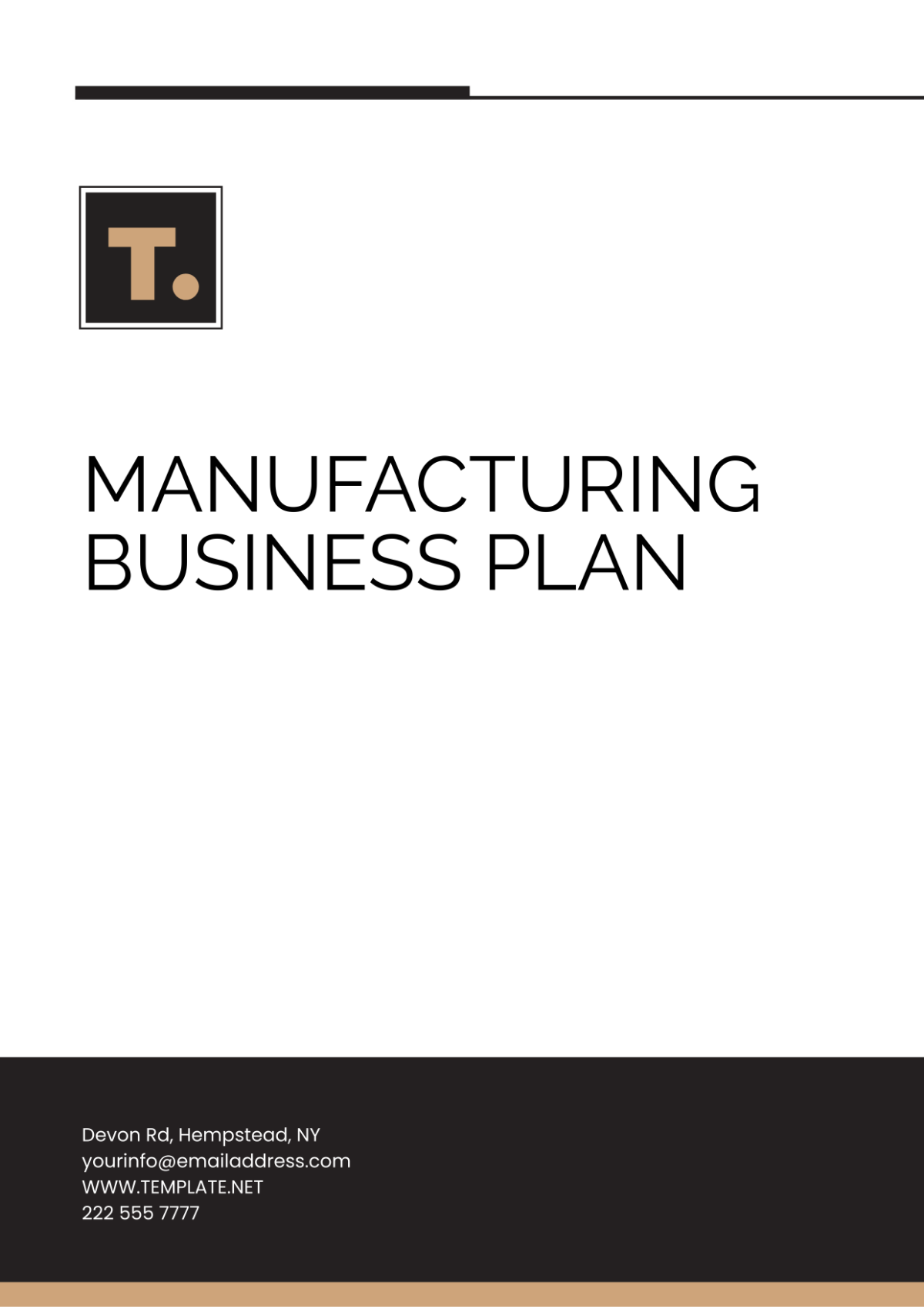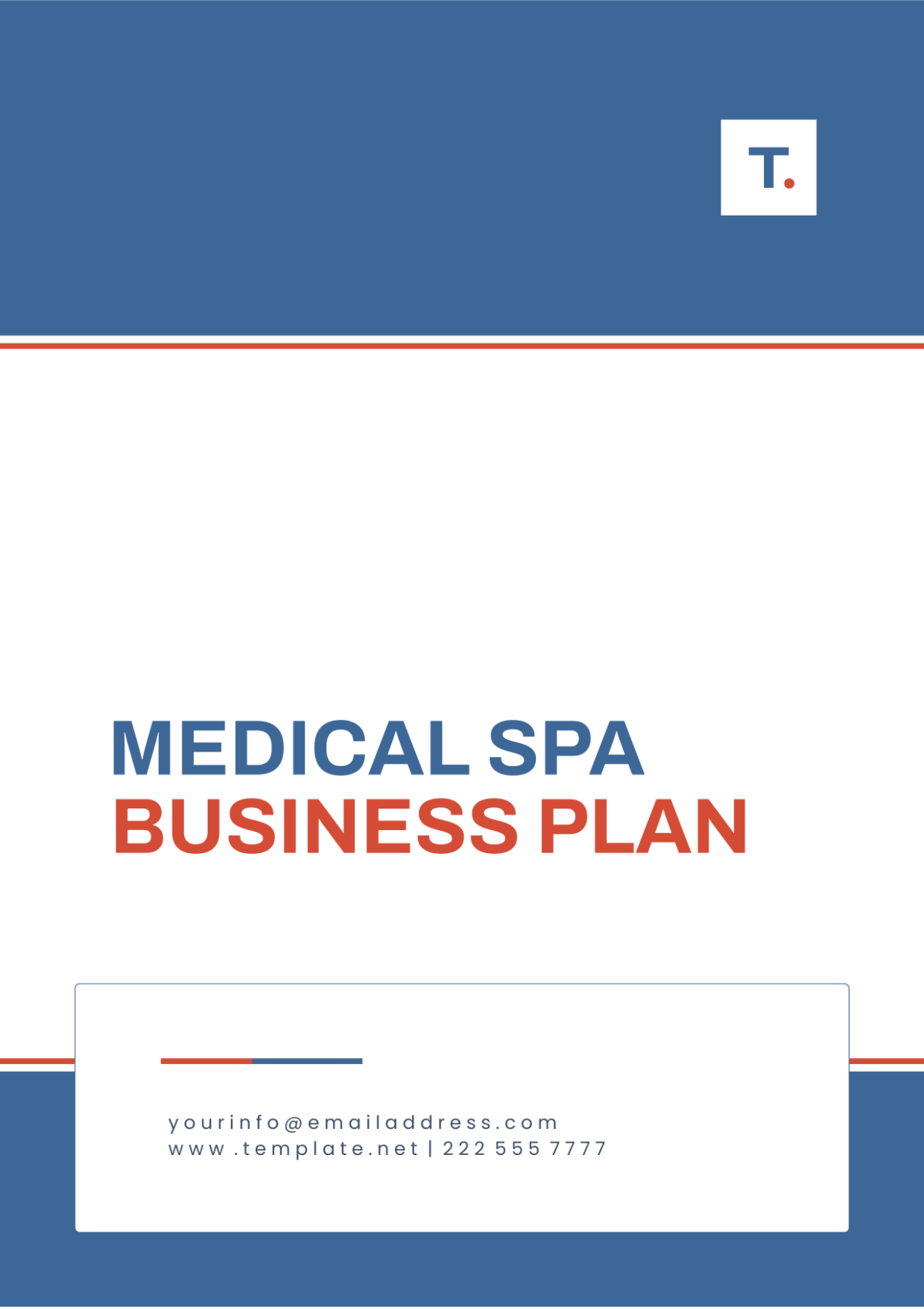Sales Business Plan for Targeting
Large Clients
1. Executive Summary
A. Objectives
In this section, we set clear objectives to guide our efforts in targeting large clients:
We aim to increase our annual revenue by 15% over the next five years. This will be achieved through the acquisition of large clients and expanding our market presence.
Our goal is to secure a minimum of 10 new large clients annually, starting from the upcoming fiscal year. This growth is essential for our long-term sustainability.
We plan to capture an additional 5% market share within the large client segment within the next three years, solidifying our position as a market leader.
2. Company Overview
A. Introduction
[Your Company Name] is a respected leader in the pharmaceutical industry, providing innovative healthcare solutions to a diverse clientele.
B. Company Background
Established in [Year], we bring over 25 years of industry experience to the table. Our journey has been marked by continuous growth, and we've evolved into a dynamic organization at the forefront of pharmaceutical advancements.
C. Mission Statement
"Our mission is to improve the quality of life for individuals worldwide by developing and delivering safe, effective, and accessible healthcare solutions."
D. Vision Statement
"Our vision is to become the global benchmark for pharmaceutical excellence, setting new standards of innovation, quality, and affordability."
E. Values
Our core values guide our daily operations and interactions:
Innovation: We continually seek breakthroughs in pharmaceutical research and development.
Integrity: We uphold the highest ethical standards in all our endeavors.
Patient-Centric: The well-being of patients is our top priority, driving us to create life-changing medicines.
F. Products/Services Portfolio
Our diverse portfolio encompasses a range of high-quality products and services, including:
Pharmaceuticals: We produce a wide range of prescription and over-the-counter medicines, including antibiotics, cardiovascular drugs, and pain management medications.
Biotechnology: Our biotechnology division focuses on cutting-edge therapies, such as gene therapies and monoclonal antibodies, to combat complex diseases.
Research and Development Services: We offer comprehensive R&D services to pharmaceutical companies, including clinical trials, regulatory affairs consulting, and drug formulation.
3. Market Analysis
A. Market Trends
Key market trends in the pharmaceutical industry for large clients include:
Personalized Medicine: There is a growing demand for personalized medicine, driven by advancements in genomics. Large clients are seeking tailored treatments for their patient populations.
Telehealth Adoption: The COVID-19 pandemic accelerated the adoption of telehealth services. Large healthcare providers are increasingly looking for pharmaceutical partners who can support telehealth initiatives with convenient prescription and medication delivery options.
Regulatory Changes: Ongoing changes in healthcare regulations are impacting drug approvals, pricing, and access. Large clients are keenly interested in pharmaceutical companies that stay compliant and adaptable to these regulatory shifts.
B. Target Customer Profile
Our ideal large client profile comprises:
Hospital Networks: Large hospital networks with more than 500 beds, catering to diverse patient populations and specialized medical needs.
Health Insurance Companies: Leading health insurance providers seeking partnerships for medication coverage and pharmaceutical cost optimization.
Government Healthcare Agencies: Agencies responsible for public health, looking for pharmaceutical partners to provide essential medications and vaccines.
Pharmacy Chains: National and international pharmacy chains aiming to expand their pharmaceutical product portfolio.
C. Market Size and Growth Potential
The market for pharmaceuticals targeting large clients is significant and shows strong growth potential:
Market Size ([Year]): $15 billion
Projected Annual Growth Rate: 8% (CAGR)
4. Competitor Analysis
Our main competitors in the large client pharmaceutical market include:
Pharmaceutical Giants: Established pharmaceutical companies with a strong presence in the market, such as Pfizer and Johnson & Johnson.
Specialty Pharmaceutical Firms: Niche players focusing on specific therapeutic areas, like oncology or rare diseases.
Emerging Biotech Companies: Innovative startups with breakthrough therapies and technologies.
Our differentiation lies in our commitment to personalized medicine, telehealth support, and regulatory compliance.
5. Sales Strategy
A. Sales Goals and Objectives
Our sales goals and objectives align with our mission to serve large clients effectively:
Objective 1: Revenue Growth
Goal: Achieve a 20% increase in annual revenue from large client sales within the next three years.
Objective 2: Client Satisfaction
Goal: Maintain a client satisfaction rate of at least 95% among our large clients.
B. Sales Team Structure
Our sales team structure is designed for efficiency and client-centricity:
Sales Director: Responsible for overall strategy and team management.
Account Managers: Assigned to specific large clients, providing personalized support.
Sales Representatives: Focused on lead generation and initial client outreach.
6. Sales Process
Our sales process involves several key stages:
Stage 1: Prospecting
Identifying potential large clients through market research, referrals, and industry events.
Stage 2: Initial Contact
Reaching out to potential clients, understanding their needs, and introducing our pharmaceutical solutions.
Stage 3: Needs Assessment
Conducting in-depth consultations to determine the specific medication needs and regulatory requirements of the client.
Stage 4: Customized Solutions
Collaborating with our R&D team to develop tailored pharmaceutical solutions and pricing packages.
Stage 5: Proposal and Negotiation
Presenting a comprehensive proposal to the client, negotiating terms, and finalizing contracts.
A. Pricing Strategy
Our pricing strategy is designed to provide value while ensuring profitability:
Tiered Pricing: Offering tiered pricing based on the volume of medications ordered, incentivizing larger purchases.
Long-Term Contracts: Providing discounts for clients who commit to long-term contracts, ensuring stable revenue streams.
Value-Added Services: Including value-added services like telehealth support and regulatory assistance within the pricing package.
B. Sales Funnel
Our sales funnel involves multiple stages:
Leads: Generating leads through marketing campaigns and industry events.
Qualified Leads: Identifying leads that match our target client profile.
Prospects: Engaging with prospects and conducting initial consultations.
Proposals: Presenting proposals and negotiating terms.
Clients: Securing contracts and onboarding clients.
C. Sales Forecast
We anticipate the following sales figures for the next fiscal year:
Total Sales: $50 million
Large Client Sales: $15 million
Number of New Large Clients: 8
7. Marketing Plan
A. Marketing Channels
We will utilize multiple marketing channels to reach our target audience effectively:
Digital Advertising: Invest in paid advertising campaigns on platforms such as Google Ads and LinkedIn to target large client decision-makers.
Content Marketing: Create informative blog posts, whitepapers, and case studies showcasing our expertise in pharmaceutical solutions for large clients.
Email Marketing: Develop targeted email campaigns to nurture leads and provide valuable content to potential clients.
Social Media: Maintain an active presence on social media platforms, sharing industry insights, success stories, and engaging with potential clients.
B. Advertising and Promotion
Our advertising and promotion strategies include:
Webinars and Seminars: Host webinars and seminars on topics relevant to large clients, demonstrating our industry knowledge and solutions.
Industry Conferences: Participate in key industry conferences and trade shows to showcase our expertise and network with potential clients.
Online Ad Campaigns: Launch online ad campaigns targeting decision-makers at large hospitals, healthcare providers, and insurance companies.
C. Content Strategy
Our content strategy will focus on educating and engaging our audience:
Blog Posts: Regularly publish blog posts on topics such as "Pharmaceutical Solutions for Large Hospitals" and "Adapting to Changing Healthcare Regulations."
Whitepapers: Create in-depth white papers on industry trends, offering valuable insights to our audience.
Case Studies: Share success stories of how our customized pharmaceutical solutions have benefited large clients.
8. Client Acquisition Strategy
A. Identifying Potential Clients
Our strategy to identify potential clients involves:
Market Research: Conduct in-depth market research to identify large healthcare providers, insurers, and government agencies in need of pharmaceutical solutions.
Networking: Attend industry events, conferences, and networking opportunities to establish connections with decision-makers.
B. Building Client Relationships
We will focus on building strong, lasting relationships with potential clients:
Personalized Communication: Reach out to potential clients with personalized communications, addressing their specific needs and pain points.
Client Education: Provide educational materials and resources to potential clients, helping them make informed decisions.
C. Client Onboarding Process
Our client onboarding process ensures a smooth transition from prospect to client:
Contract Negotiation: Work closely with legal teams to negotiate contracts that meet the needs of both parties.
Implementation Support: Provide dedicated support during the implementation of our pharmaceutical solutions, ensuring a seamless transition.
Ongoing Relationship Management: Maintain open lines of communication and continuous support to nurture long-term client relationships.
9. Financial Projections
Our financial projections for the next five years are as follows:
A. Revenue Growth

B. Profit and Loss Statement

10. Risk Analysis and Mitigation
A. Market Risks
Risk 1: Regulatory Changes
Mitigation: Stay vigilant regarding regulatory updates, maintain compliance teams, and adapt quickly to changes. Diversify our portfolio to mitigate the impact of regulatory shifts.
Risk 2: Market Competition
Mitigation: Continuously monitor competitor activities and adapt our pricing strategies as needed. Highlight our value-added services to differentiate from competitors.
B. Competitive Risks
Risk 3: Intellectual Property Protection
Mitigation: Implement robust intellectual property protection strategies, including patents, trademarks, and trade secrets. Vigilantly monitor for any potential infringements and take legal action when necessary.
C. Financial Risks
Risk 4: Economic Downturn
Mitigation: Diversify our client portfolio to include clients in more stable industries. Maintain a financial cushion to weather economic uncertainties.
D. Legal and Compliance Risks
Risk 5: Regulatory Non-Compliance
Mitigation: Maintain a robust compliance team, conduct regular audits, and invest in employee training to ensure full regulatory compliance.
11. Implementation Plan
A. Timeline
Our implementation plan includes the following key milestones:
Months 1-2: Complete market research and finalize the sales and marketing strategies.
Months 3-4: Recruit additional sales team members and commence lead generation efforts.
Months 5-6: Develop customized pharmaceutical solutions for large clients.
Months 7-8: Launch marketing campaigns and attend industry conferences.
Months 9-10: Begin client acquisition efforts and initiate contract negotiations.
Months 11-12: Onboard the first wave of large clients and gather initial feedback.
B. Resource Allocation
Resource allocation is critical to our plan's success:
Financial Resources: Allocate sufficient budget for marketing campaigns, research and development, and hiring new sales team members.
Human Resources: Recruit and train additional sales representatives and support staff. Expand the compliance and legal teams.
Technological Resources: Invest in software and tools for lead generation, customer relationship management, and data analytics.
12. Conclusion
In conclusion, our Sales Business Plan for targeting large clients in the pharmaceutical industry outlines a comprehensive strategy designed to position [Your Company Name] as a trusted partner for large healthcare providers, insurers, and government agencies. With a deep commitment to innovation, compliance, and client satisfaction, we are poised for success in this lucrative market segment.
For inquiries or further information, please contact:
[Your Name]
[Your Email]
[Your Company Number]




